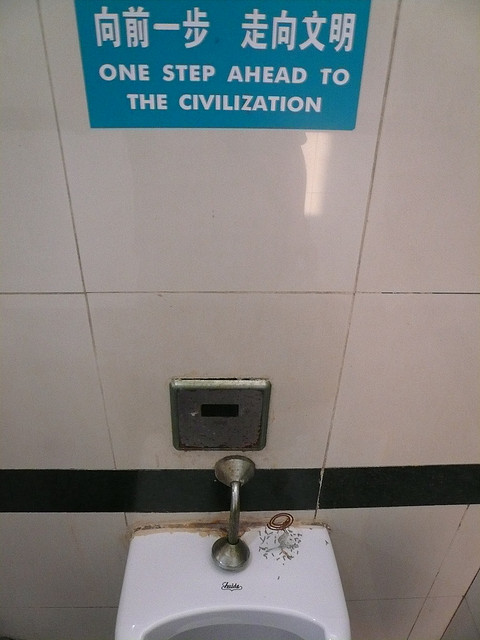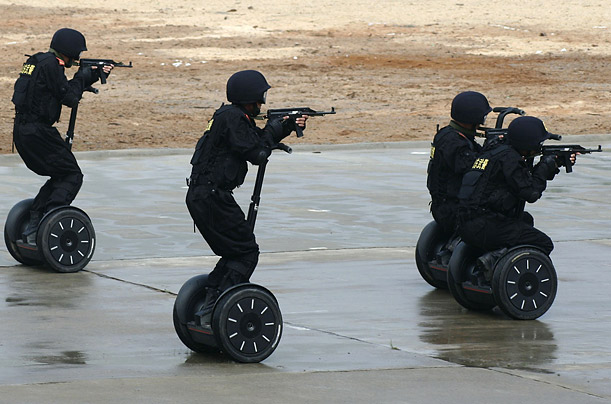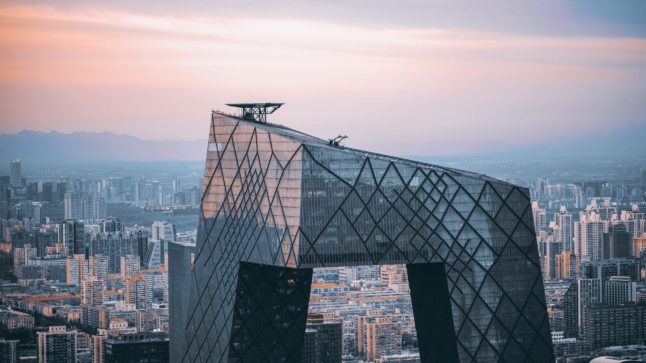The population of the Beijing-Tianjin-Hebei cluster (also called “Jing-Jin-Ji”) will be +100M people. That’s pretty fascinating. Some thoughts on where we are and what’s coming next.
The economics of Beijing as a mega-city are already fantastic.
The economic output is already over 10% of China’s GDP. So this mega-city is already a big deal in terms of people and money.
But it’s going to get a lot bigger, especially given the new XiongAn suburban city project. By 2025, the Beijing the mega-city will be the world’s fifth largest urban economy. At that point, it will be larger than London, Tokyo or New York.
Phase I of was mostly about infrastructure – and this is now largely complete.
The Beijing-Tianjin-Hebei story thus far has been a story of infrastructure (i.e., lots of roads, rail, bridges). For example, Beijing’s seventh ring road is now under construction and will extend the city directly into Hebei. The physical integration of Beijing-Tianjin-Hebei is largely complete. It is basically one gigantic, inter-connected city.
But if Phase I was about building hardware, Phase II is going to be about the software. The story is going to shift from roads and trains to government policies, logistics, company operations, local services, family and culture. And this should be much more interesting. It will require a lot of creative thinking on how you get people and companies to thrive in such a big urban setting. There will be a lot of balancing of economics, sustainability, quality of living and so on.
 Photo by Cory Doctorow, Creative Commons license with link here.
Photo by Cory Doctorow, Creative Commons license with link here.
Phase II will also be about an increasing concentration of Fortune 500 companies in one place.
Beijing already has the most Fortune 500 headquarters and has +100 large company global headquarters. This is more than any other emerging market city, and sixth in the world (ahead of Seoul, Chicago and Los Angeles).
This company concentration should increase. I think we will also find that companies will find it increasingly seamless to operate between Beijing, Tianjin and Hebei and their interactions should increase.
This is important. People are social animals. Putting so many top companies in close contact with each other will have lots of cumulative and synergistic effects. Think Hollywood, Wall Street, and Silicon Valley. Beijing is going to have a massive concentration of top companies – increasingly interacting with each other.
Phase II will also be about Beijing’s huge and growing local consumer market.
The China consumer numbers are well-known. But it is worth repeating them quickly. By 2025, the Beijing the mega-city will have over 7 million households earning over US$20,000 per year. That will make it third or fourth on the global rich cities list. So this mega-city is going to be a massive consumer market in itself.
Phase II is also going to have big problems, including some we have not seen before.
We have never seen +100M person mega-cities. This is uncharted territory. Nobody really knows how these mega-cities are going to work. But for sure, there are going to be challenges for the local government to grapple with. This will include everything from how many police to have, to traffic congestion and subways to what to do with all that sewage.
 China’s “rolling police” for urban settings?
China’s “rolling police” for urban settings?
(photo by ross_tt, creative commons license with link here)
We are also going to see new types of problems. One example is the increasing number of migrant workers in Beijing. For Beijing the mega-city, this could mean tens of millions of migrant workers living in the cities but outside the system. This is not a small problem. These migrants are sometimes referred to as “ant people”, because they frequently live underground in dormitories.
***
Ultimately, these mega-city clusters are the future of China. You can’t really build a >50 million person city as it becomes unworkable. Pollution, traffic, population, and housing pressures become increasingly problematic beyond a certain size. So creating hub-and-spoke systems around major cities (i.e., integrated mega-cities) like Beijing makes sense.
Now that the roads have been built, the real story of Beijing as a mega-city is just beginning. It should be fascinating to watch.
Thanks for reading. Jeff
———-
I write and speak about “how rising Chinese consumers are disrupting global markets – with a special focus on digital China”.
Photo by Road Trip with Raj on Unsplash
